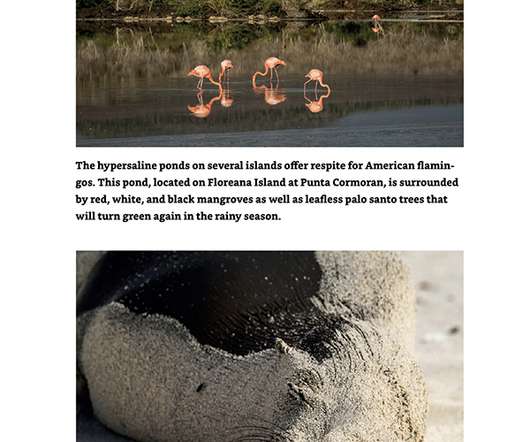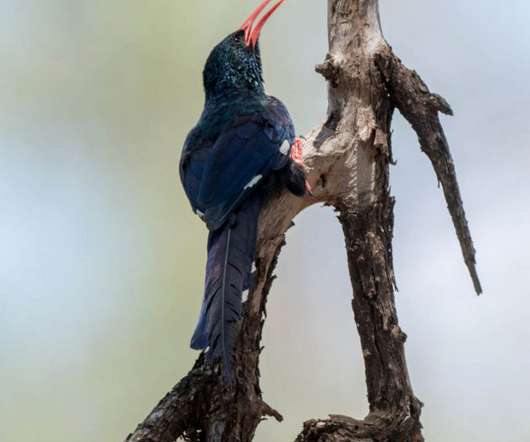Galápagos: A Natural History, Second Edition–A Book Review
10,000 Birds
FEBRUARY 7, 2023
Galápagos: A Natural History, Second Edition by John Kricher and Kevin Loughlin gives the traveling naturalist the tools needed to fully appreciate and experience the Galápagos Islands. Still, I wish I had prepared. I wish I had read this book. They complement Kricher’s text., Some finches, like Mangrove Finch, have become elusive.




















Let's personalize your content